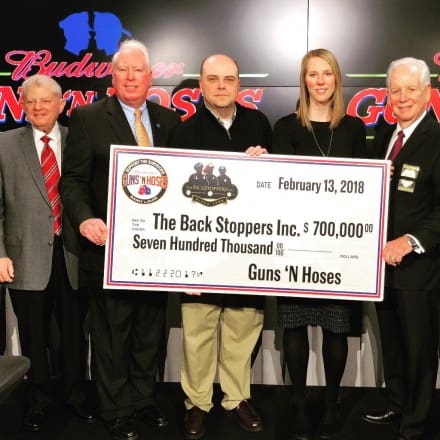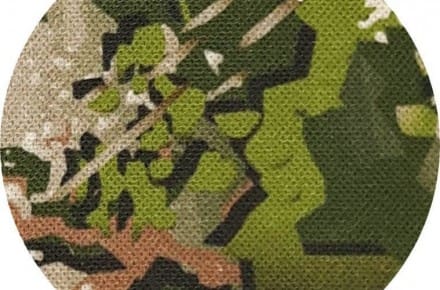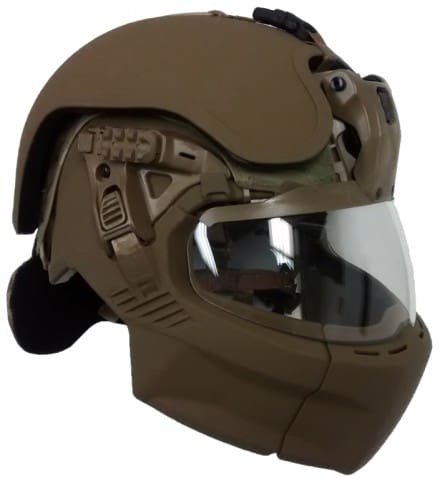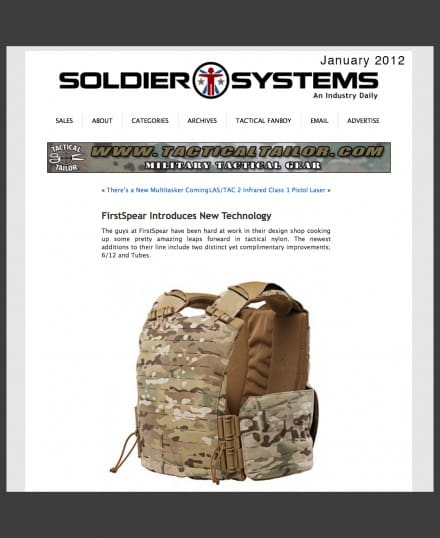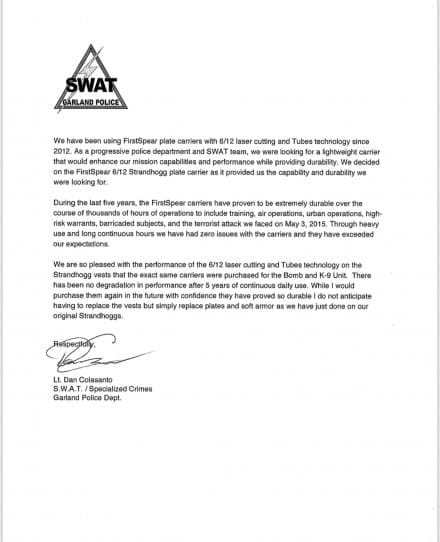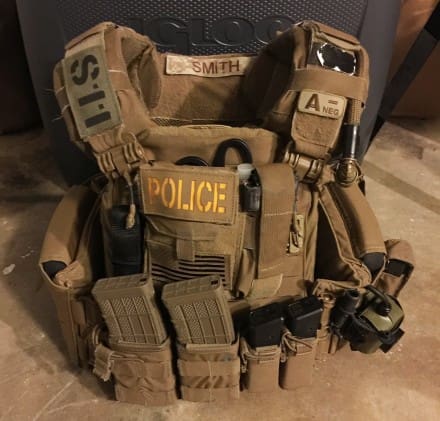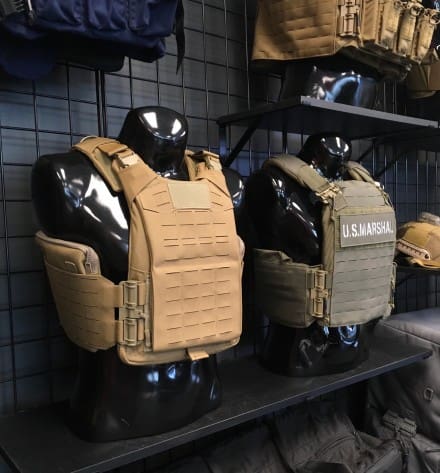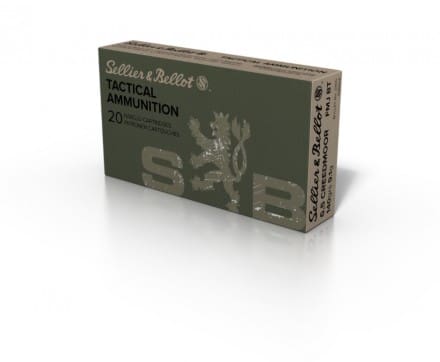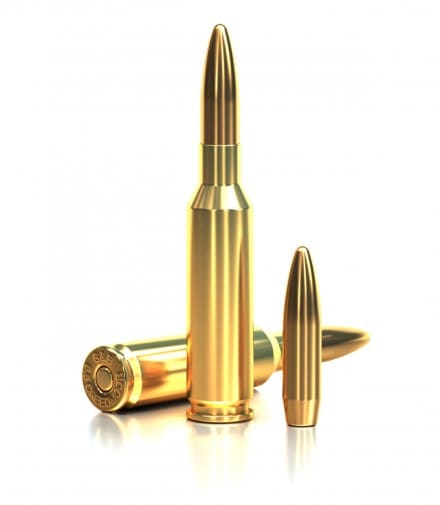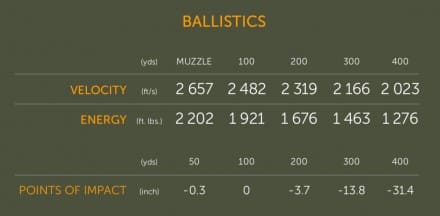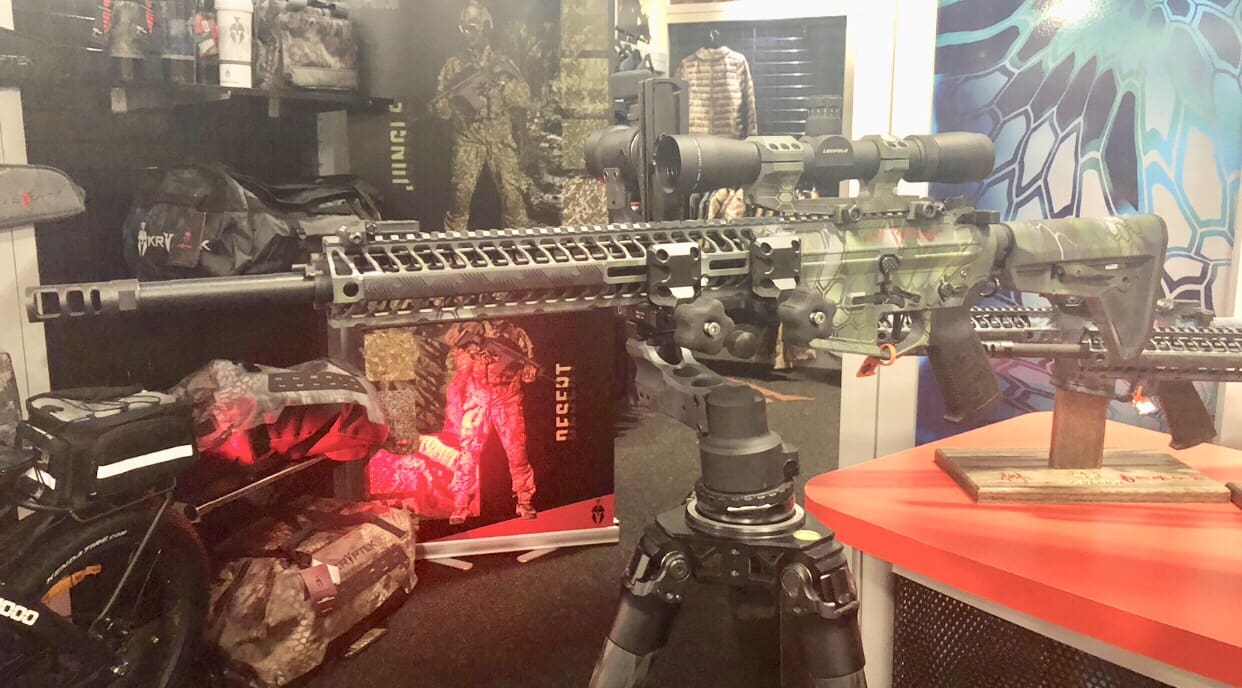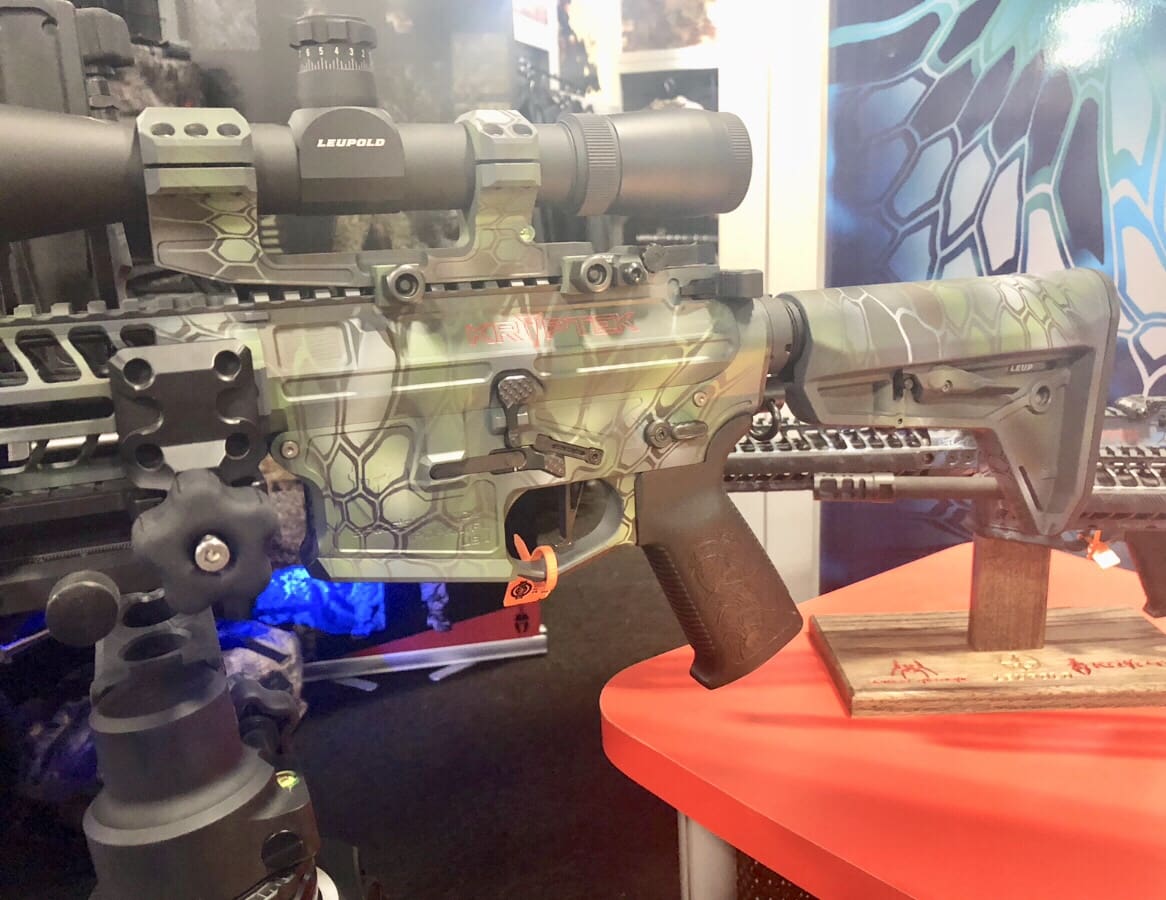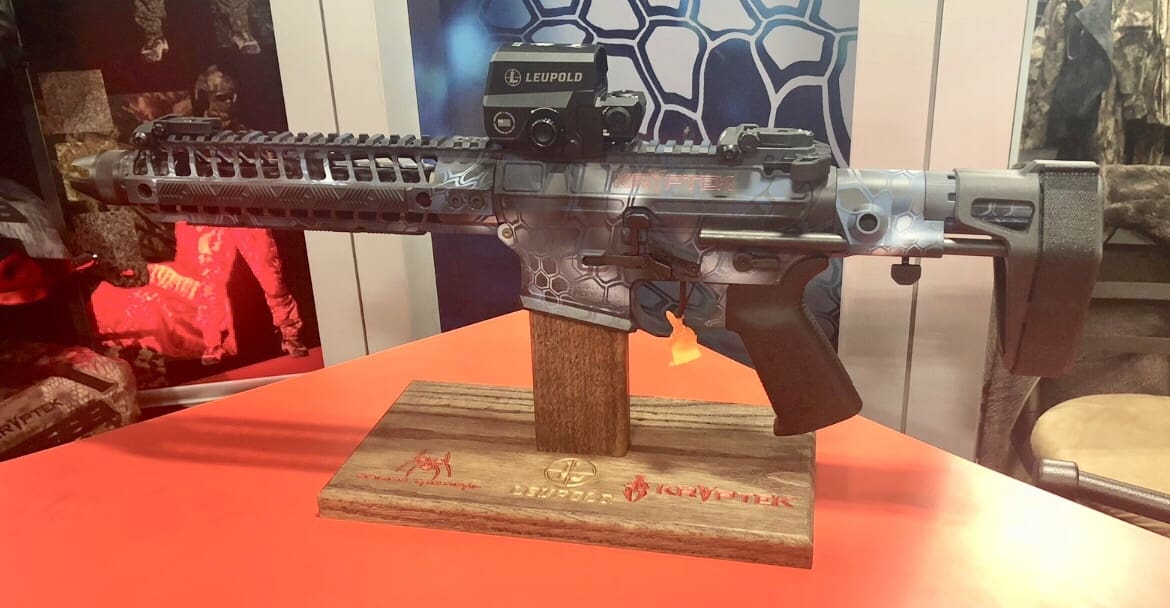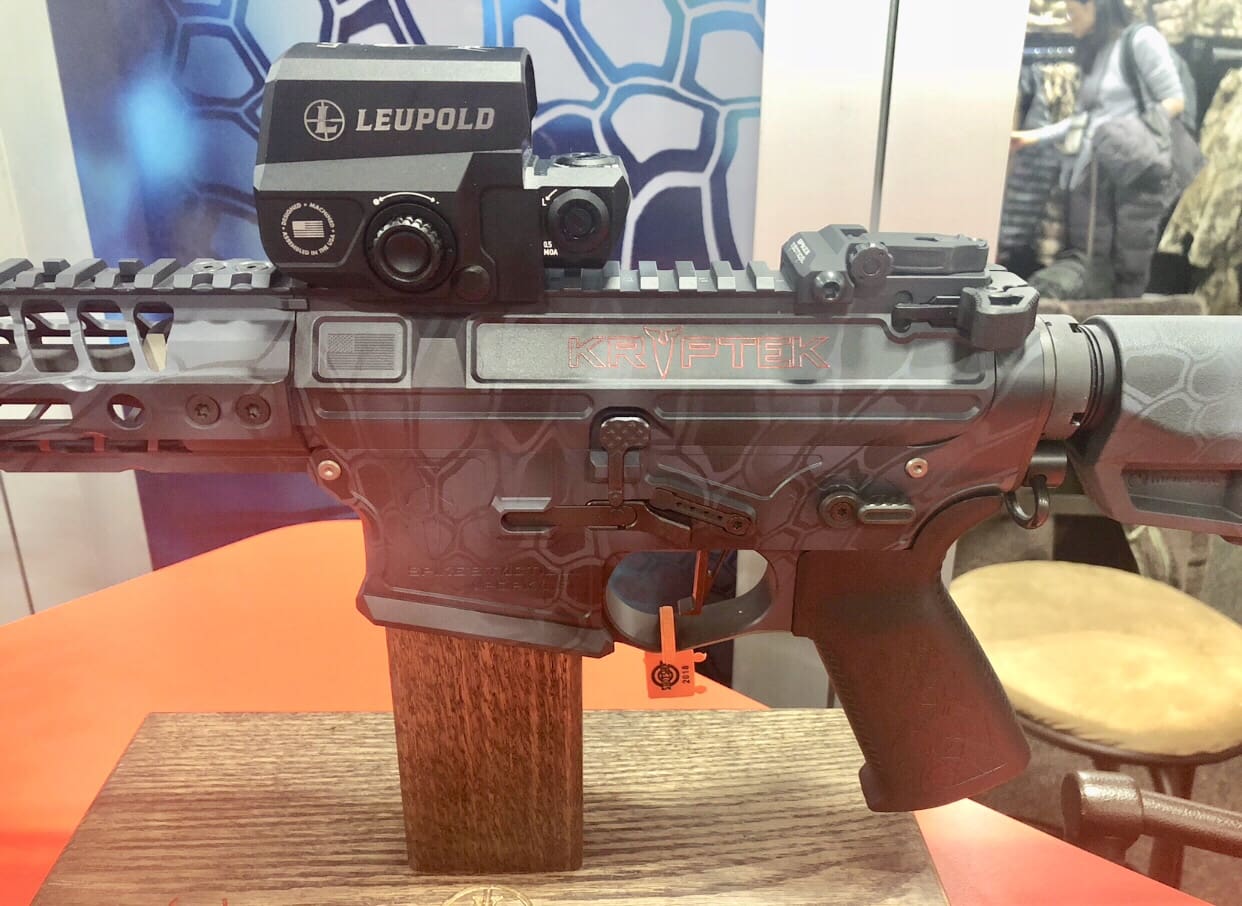I originally wrote and published an article with this theme back in 2012. Based on current events I felt it was time to revisit the subject. Once again, anti-civil rights groups are taking advantage of a tragedy to further their gun control agenda and attempt to take away the liberty of our citizens. The conversation is much larger than feelings, which are being manipulated by these groups who seek to chip away at our civil rights. This time, they are using children as pawns in their efforts. This article focuses on a relationship between commercial firearms industry and the ability to produce arms for National Defense and why the Second Amendment is the linchpin of that connection.

While these calls for additional firearms legislation are a direct threat our rights enumerated in the Constitution, they have other effects as well. A vibrant firearms industry, serving law-abiding citizens purchasing and responsibly using firearms results not only in innovation, but also a robust industrial base which can be called upon by our Nation in times of crisis. Since 9/11 all innovations in military firearms, whether targeting, accuracy, man-machine interface or lethality, have all been accomplished by industry.
Rarely do legislators consider the second and third order affects of laws. Only later, like ripples in a pond do these implications manifest themselves. Now, we can look at the AWB and its affects not only on crime, but also on national defense. Let’s not repeat mistakes of the past.
History has taught us that prohibition does not work. But, from 1994 until 2004 the American firearms industry suffered under a form of prohibition. The “Assault Weapons Ban” not only covered weapon features but also magazines over 10 rounds. This legislation did nothing to alter crime and, once lifted, did not result in any increased gun violence. Overall, it was useless legislation.
These very magazines and weapon features that were banned under the “Violent Crime Control and Law Enforcemenent Act of 1994” have been crucial to the US Department of Defense’s and our Allies small modernization as part of operations in Afghanistan and Iraq as well as globally against piracy, terror and general mayhem. During the 10-year period of the AWB, US businesses curtailed small arms innovation. The point of a business is to make money. When there is little market for a product (as was the case during the AWB), the business case is not there to service it. This was most definitely the situation with magazines for the M9 Beretta Handgun. Many who served early in the war will remember poorly produced high capacity magazines for that weapon. This is because there was no competition in the marketplace due to a lack of market. Rather, government contractors for that magazine were allowed to produce products that performed poorly on the battlefield since there was no competition. There was no innovation. A pistol magazine might seem inconsequential to some, but a pistol is a self-defense weapon. If the magazine fails, the pistol is useless. The same goes for sub-standard magazines for rifles. What good is an Infantryman if he can’t engage the enemy?
It has been more than a decade since the ban was lifted and an entire industry has grown and flourished, producing innovative solutions for both law-abiding citizens and our military alike. American troops are the best equipped in the world and other countries look to us for technical innovation in small arms. We must maintain that edge.
Contact your Congressional representation (switchboard 202-225-3121) and let them know how you feel about any proposed firearms legislation which would hurt our military’s warfighting capability. A strong Second Amendment fosters a robust American firearms industry which contributes directly to our National Defense.


